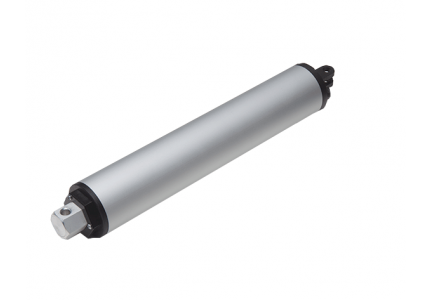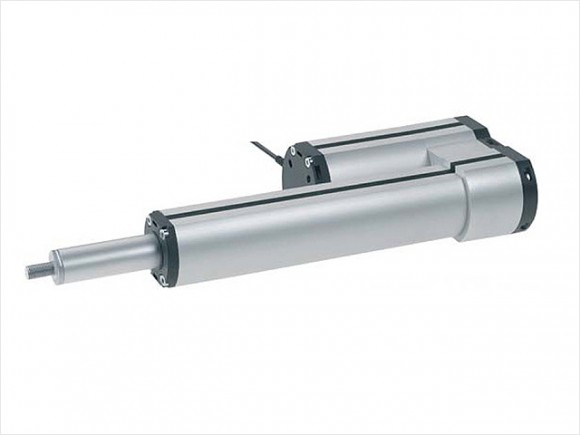Ever heard of linear actuators before? If not, you’re about to get a crash course. Believe me, they’re an interesting piece of technology and they help power our world. So without further delay, here’s what you need to know about linear actuators.
When working on application that requires linear motion, it is important to look at pre-designed and pre-assembled actuators. It is important to choose a drive that bests suits your application.
Speed
This is of immense consideration in a high speed electric actuator. The maximum speed for most actuators is 5m/s.
This limit is influenced by belt and a number of bearings. Applications that require greater speeds can use a combination of belt and preloaded wheels.
Accuracy
The term accuracy here refers to a number of concepts.travel accuracy refers to where the saddle is located during movement. Positioning accuracy refers to proximity of the actuator to the target positioning.Repeatabilty refers to how often the actuator maintains stability of position with each stroke and for this reason becomes the most important aspect of consideration for high precision appliances.
Mounting
The best drive mechanism is dictated by the direction in which the actuator is mounted. For horizontal and inclined orientation ball and belt screws serve best.
Applications that require vertical mounting have to be cross checked thoroughly.
Maintenance
Most linear actuators fail frequently due to lack of lubrication. In fact this is the reason why most of them fail. For ball and belt screws require lubrication periodically as provided in the guide system. In addition for ball screws monitoring for proper lubrication is not an option.
Stroke strength
Stroke strength refers to the distance the actuator needs to cover in one direction. When choosing between ball screw and belt drive stroke strength is the first requirement. With ball screw actuators they come with lengths of 1000mm or less. However there are those with larger diameters and can be used up to lengths of 3000mm. The screws critical speed governs the limit.
However there is an inverse relationship between the screws speed and its length. As length increases speed decreases.
Photo(s): Cesar Herada, Unknown


